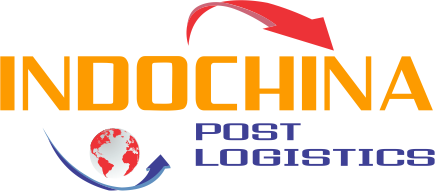Technological advancements in the transportation and logistics industries have allowed businesses to improve the quality of their services. Global businesses and international trade rely heavily on transportation services to move goods throughout the economy. Everything around us, from clothes to electronic devices, is imported from all over the world.
The top trends in the highly competitive transportation and logistics industry are as follows:


1. M2M Communications in Transport and Logistics:
- Transportation & Logistics followed by Utilities & Automotive segments might see the highest adoption of M2M services.
- M2M service success depends more on profits.
- M2M data delivery is shifting to data intelligence.
2. Machine-to-Machine Collaboration:
We have now entered an era of ‘Technology Convergence.’ IT solution providers must collaborate closely with industry participants to transition from traditional IT systems to web-based or cloud-based solutions and create collaborative IT platforms. The logistics industry is currently reaping the benefits of technology in the form of optimized operational systems that automate processes.
For the logistics community, IT in Logistics bridges the gap between software and mobile apps. In the coming years, Logistics and Supply Chain businesses will need to advance to the next level of Machine-to-Machine Communications in order to improve efficiency, security, tracking, monitoring, information, connectivity, and collaboration for transportation industry players. It can also aid in the monitoring of logistics and the reduction of economic losses.
3. Electric Trucks
4. Electric/Hybrid Buses
With a growing trend of migration from rural to urban areas around the world, there is an increase in demand for public transportation. The majority of city buses and coaches are diesel-powered, which increases CO2 emissions. Many countries in the European Union, the United States, and others have set CO2 emissions targets for 2020–2025.
BEBs (Battery Electric Buses) and hybrid buses are currently primarily used in the United States, Europe, and China. Several countries have begun to invest in electric and hybrid public transportation. With technological advancements, diesel-powered buses now dominate the global bus market, followed by hybrid-electric and alternative fuel buses. BEB demand is expected to grow at the fastest rate in the near future.
5. Intelligent Public Transportation

